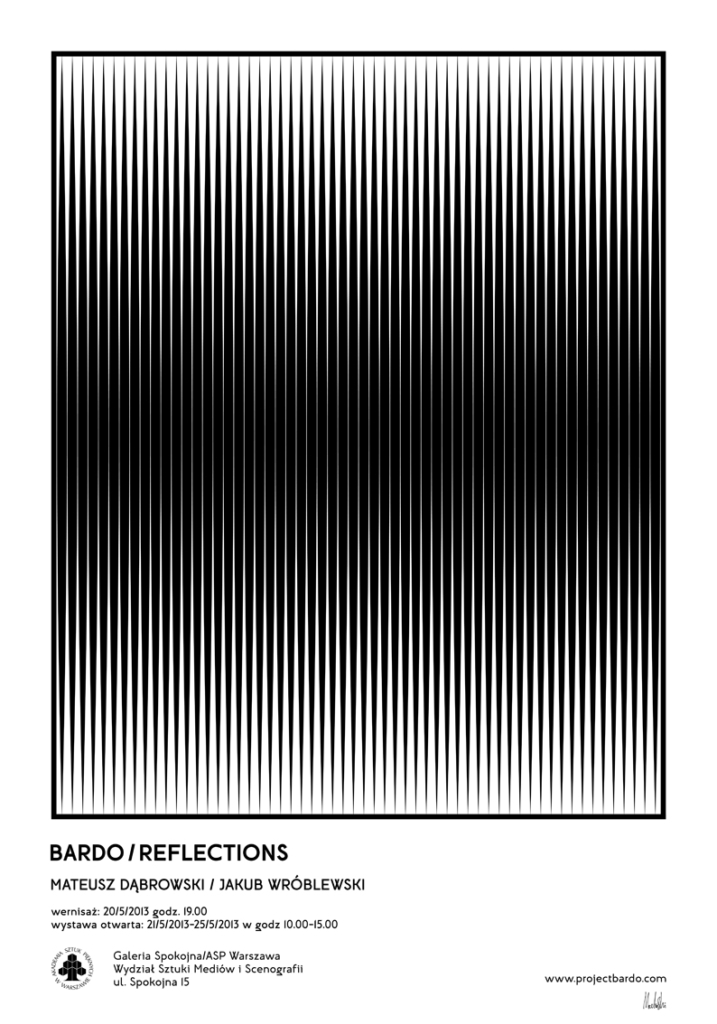
design Mateusz Machalski
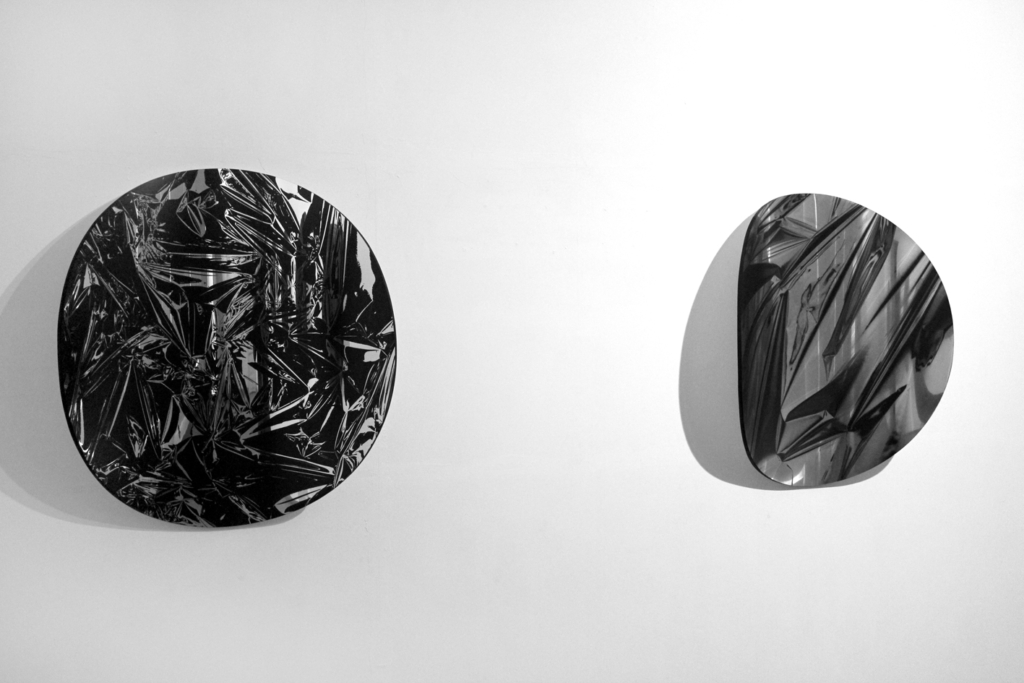
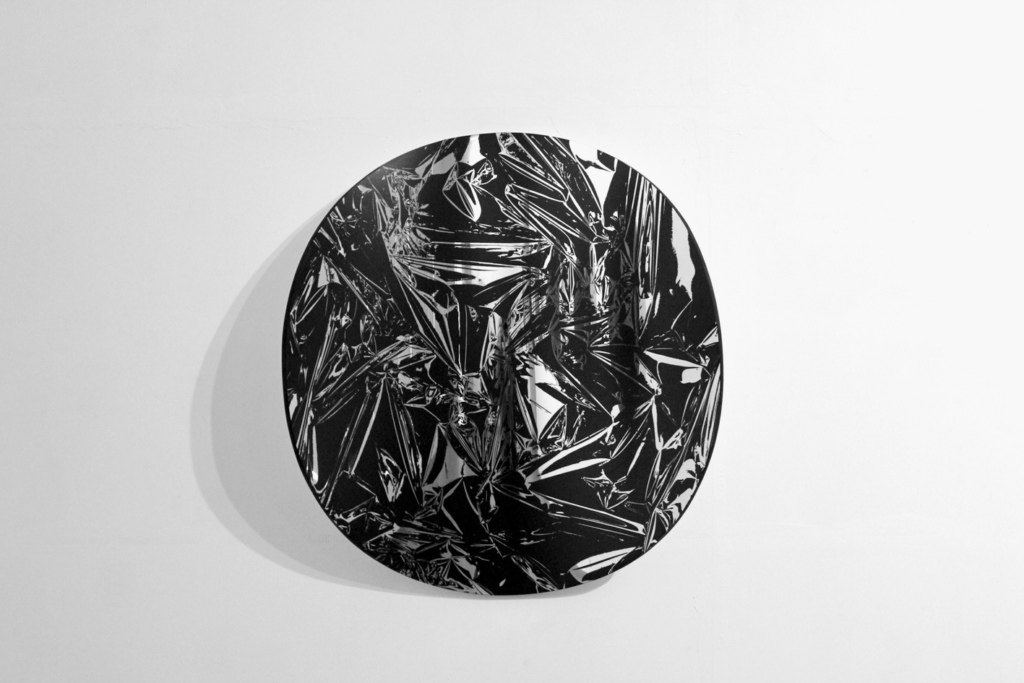
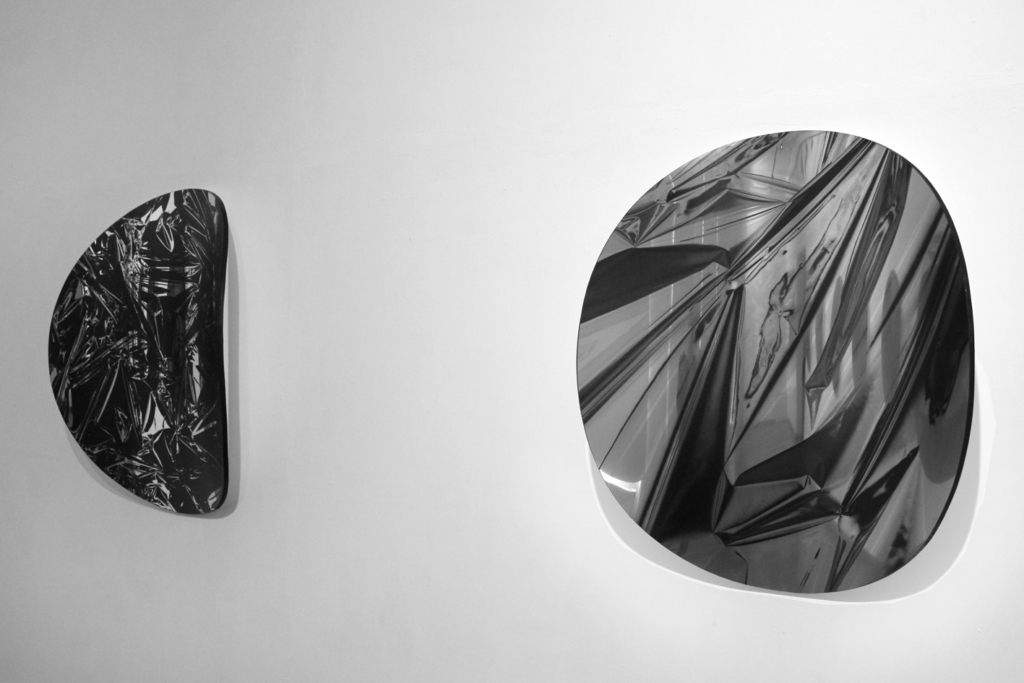
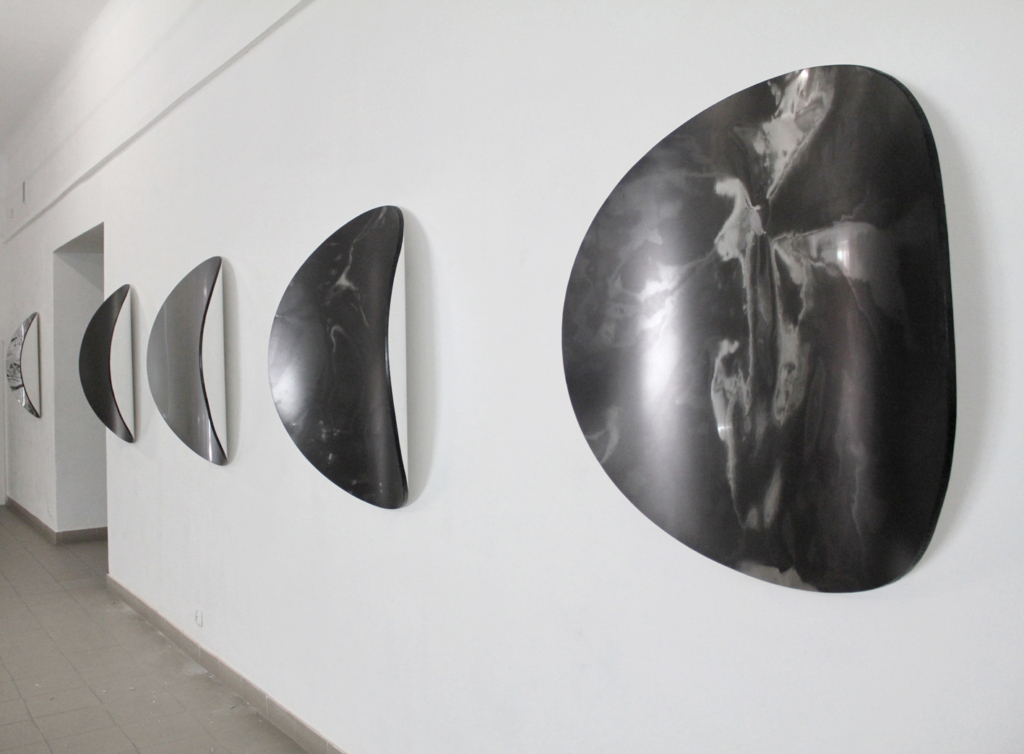
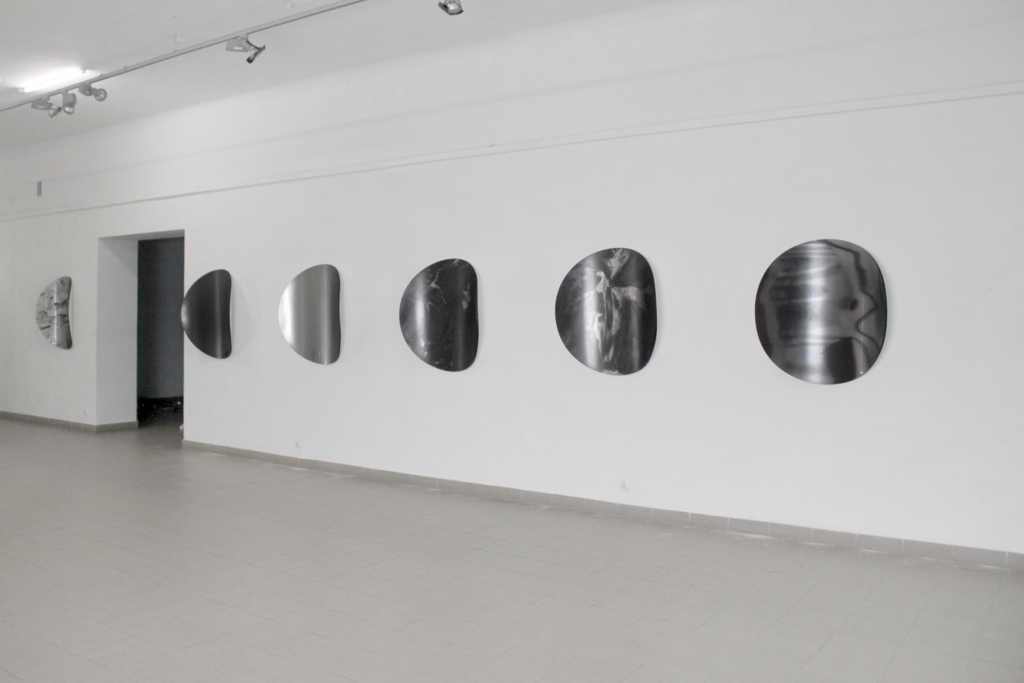
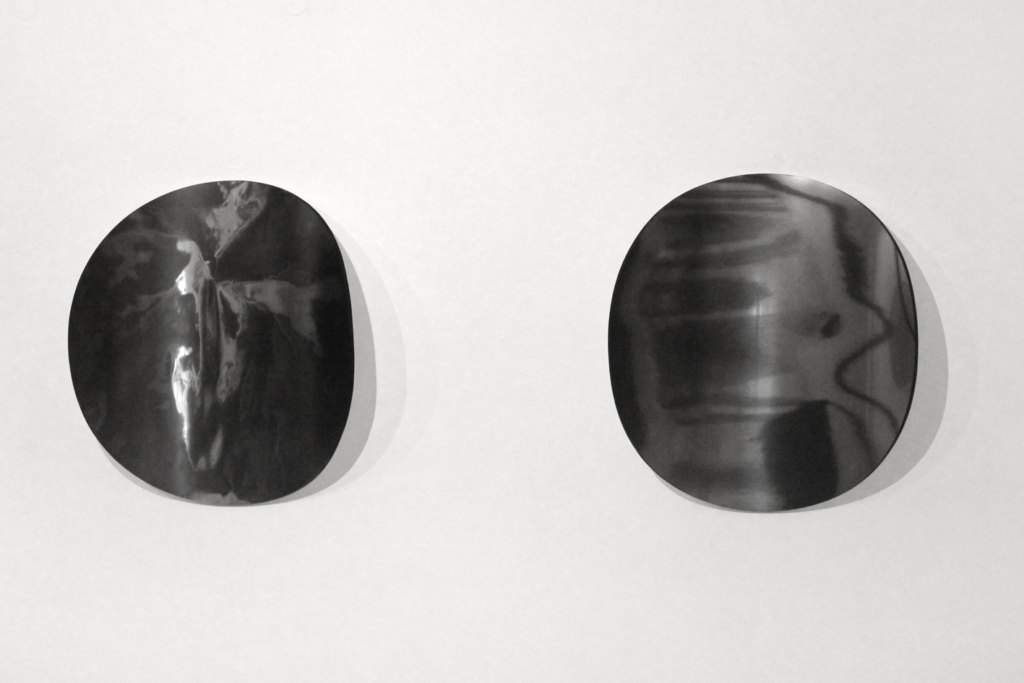


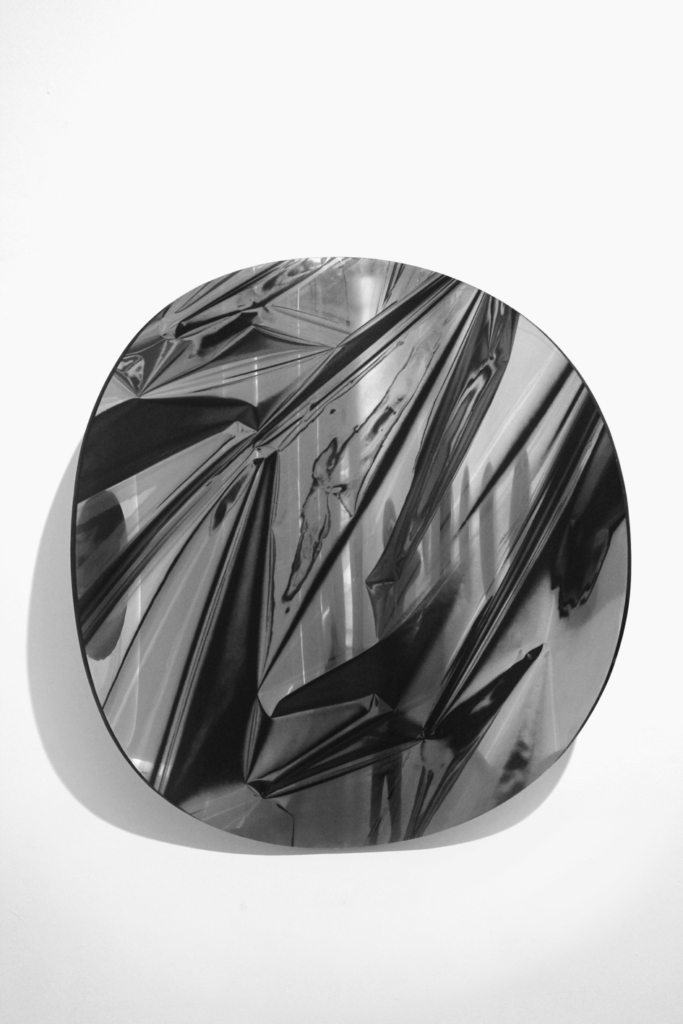

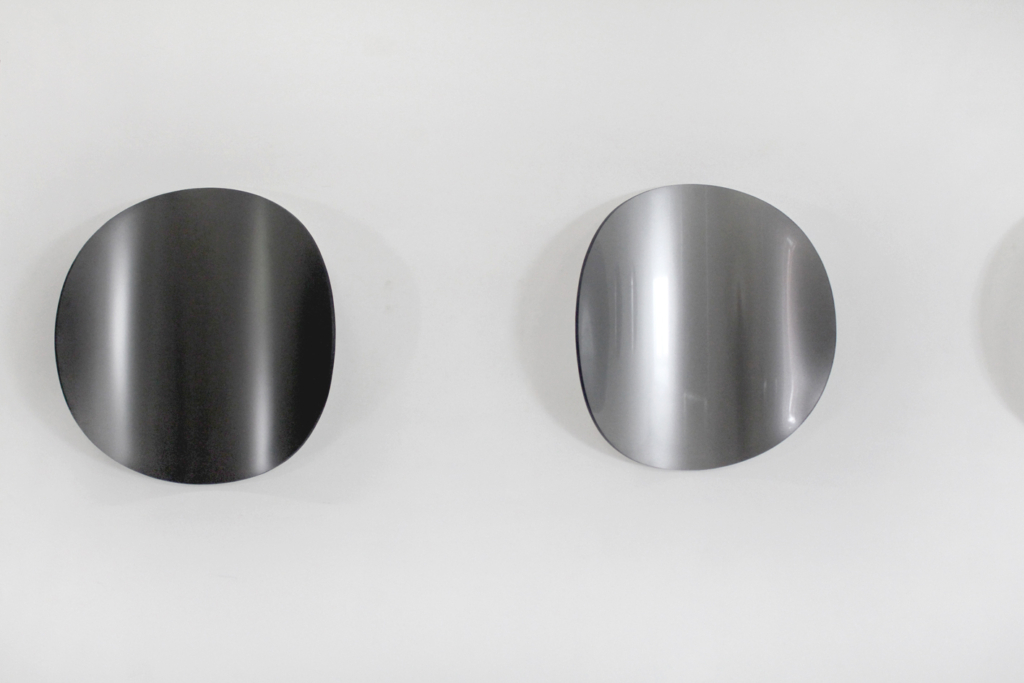

BARDO vol1 REFLECTIONS/ Mateusz Dąbrowski, Jakub Wróblewski
Spokojna Gallery, Warsaw
curator: Prot Jarnuszkiewicz
20/05 – 25/05/2013
Bardo (skt. antarabhava; Wylie: bar do) – literally translated is an intermediate state. A Tibetan Buddhist term for any transitional state of existence: life, meditation, sleep, death. Most commonly used to refer to the intermediate state between death and subsequent birth.
The artistic and research project Bardo, led by Mateusz Dąbrowski and Jakub Wróblewski since 2013, refers to popular terms from the borderline of science and intellectual fashions during successive instalments. The artists have developed a particular model of collaboration. They always create two autonomous projects, connected by the exhibition space and the leitmotif.
REFLECTIONS is the first realisation of project Bardo.
I became interested in the phenomenon of analemma and astrophysics, and found an article with photos documenting this phenomenon. On the reproductions it looked very impressive. Over the course of a year, they took a total of three photographs that show lines showing how the Earth moves relative to the Sun. These lines were created by a combination of the Earth’s motion around the Sun and the inclination of the planet’s axis to the plane of orbit. The analemma project was created by Lukasz Fajfrowski and Maciej Zapiór. This story became the pretext for working on the MIRRORS series. I began to experiment with the physicality of light, and materials, in order to achieve the effect of both spatiality and splitting. It’s a cliché, but a mirror forces the viewer to look at himself and his surroundings. Referring to Strzeminski, who wrote that “in nature we perceive only those phenomena to which our attention is directed.” When the reflected image is disturbed, distorted, it tends to absorb attention. I am thinking, for example, of light reflections, distorted shapes, appearing, for example, in windows, or office facades of buildings covered with mirrored glass. Over such an image we have limited control, it is autonomous and uncompromising, we can only accept it. It can be assumed that the viewer co-creates the dynamics of the image, and participates in the space of the work itself. Through the realization of small-scale models, I was able to assess how the various means of expression can affect the different character of the objects. I outlined several parallel themes, which I developed in the realization of large objects.
I divided the series into three types of works.
- synthetic, made of uniform prints of gray over the entire surface of the mirror, with varying intensity and texture of gray.
- with a hologram, like effect with a non-regular drawing, with different saturation of grays and shapes printed directly on the curved mirror. Such drawing, depending on the size of the graphic elements appearing, mixed with a distorted, reflected image of the environment.
- And works of an organic nature, where the printed drawing imitates the movement of shapes, resembling organic matter, observed with precision tools.
——————————————————————————————————-
Zainteresowałem się zjawiskiem analemmy i astrofizyką, znalazłem artykuł ze zdjęciami dokumentującymi to zjawisko. Na reprodukcjach wyglądało to bardzo efektownie. Przez rok zrobili w sumie trzy fotografie, na których widać linie pokazujące jak porusza się Ziemia względem Słońca. Linie te powstały w wyniku połączenia ruchu Ziemi wokół Słońca i nachyleniu osi planety do płaszczyzny orbity. Projekt analemmy stworzył Łukasz Fajfrowski i Maciej Zapiór. Ta historia stała się pretekstem do pracy nad cyklem MIRRORS. Zacząłem eksperymentować z fizycznością światła, oraz materiałami, po zwalającymi uzyskać efekt zarazem przestrzenności jak i rozszczepienia. To banał, ale lustro zmusza oglądającego do przyjrzenia się sobie i otoczeniu. Odwołując się do Strzemińskiego, który pisał, że „w naturze dostrzegamy tylko te zjawiska, na które nastawiona jest nasza uwaga”. Kiedy obraz odbity jest zaburzony, zniekształcony, zazwyczaj absorbuje uwagę. Mam na myśli chociażby refleksy światła, zniekształcone kształty, pojawiające się np. w oknach, albo elewacjach biurowych budynków pokrytych lustrzanym szkłem. Nad takim obrazem mamy ograniczoną kontrolę, jest autonomiczny i bezkompromisowy, możemy go jedynie zaakceptować.
Można przyjąć, że oglądający współtworzy dynamikę obrazu, a także współuczestniczy w przestrzeni samego dzieła. Dzięki zrealizowaniu niedużych modeli, byłem w stanie ocenić jak poszczególne środki wyrazu mogą wpływać na różny charakter obiektów. Nakreśliłem kilka równoległych wątków, które rozwinąłem przy realizacji dużych obiektów.
Cykl podzieliłem na trzy rodzaje prac.
– syntetyczne, wykonane z jednolitych zadruków szarości na całej powierzchni lustra, z różną intensywnością i strukturą szarości.
– o efekcie zbliżonym do hologramowego – o rysunku nieregularnym z różnym nasyceniem szarości i kształtów nadrukowanym bezpośrednio na wygięte lustro. Taki rysunek w zależności od wielkości pojawiających się element ów graficznych, mieszał się ze zniekształconym, odbitym obrazem otoczenia.
– oraz prace o charakterze organicznym, gdzie rysunek nadrukowany imituje ruch kształtów, przypominającą materię organiczną, zaobserwowany za pomocą precyzyjnych narzędzi.
BARDO vol1 -REFLECTION-
.